June 28
2020 June 28
A Polyphemus Moth made it on to the front page of the Times-Colonist today.
Jeremy Tatum writes: Yesterday I saw Synanthedon bibioniformis on a rose bush at Island View Beach. This is one of the clearwing moths (Sesiidae), which I see only rarely and find so exciting whenever I see one.
A House Wren in Nanoose has submitted (via Mike Yip) several invertebrates for identification. If any viewers can help this bird, please let us know.
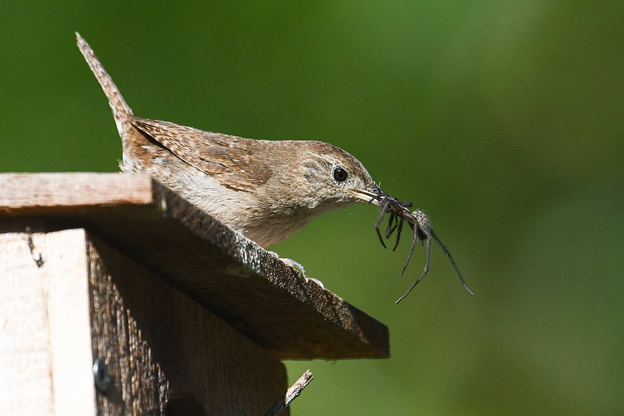
House Wren and spider. Mike Yip
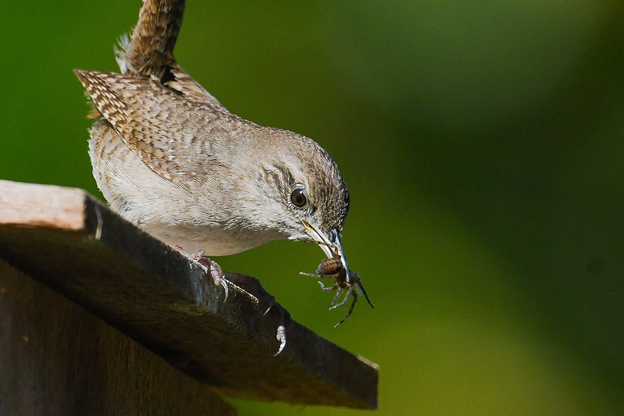
House Wren and Eratigena spider. Mike Yip
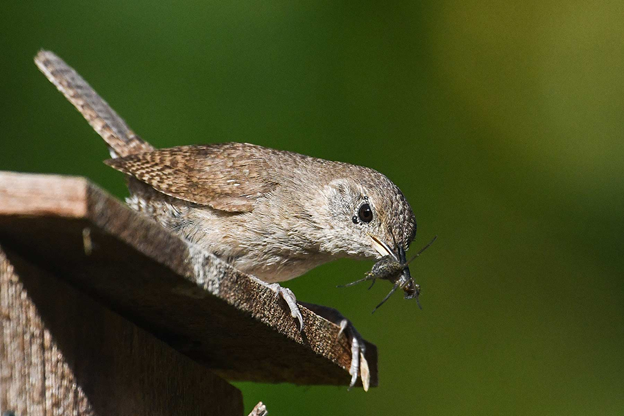
House Wren and spider. Mike Yip
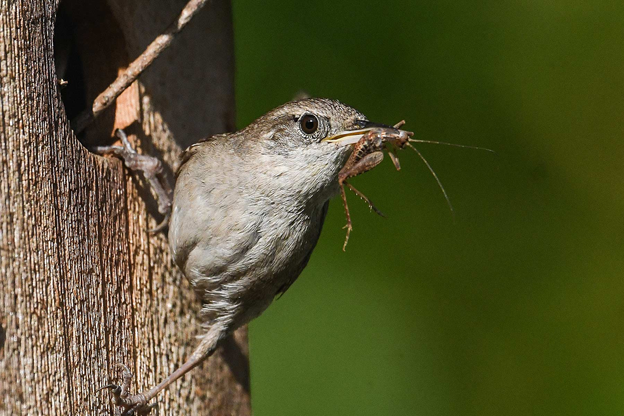
House Wren and orthopteran Mike Yip
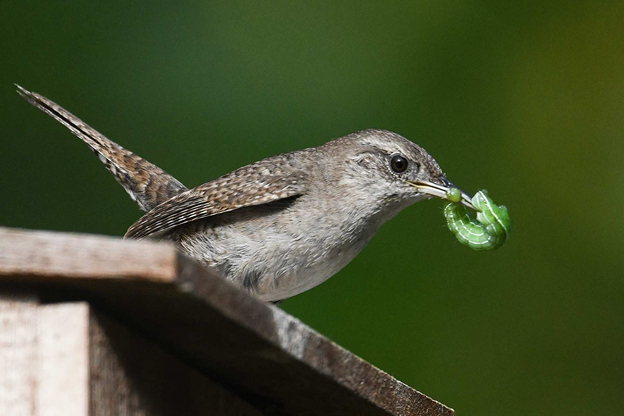
House Wren and moth (I think noctuid) caterpillar. Mike Yip
Mike Yip adds interesting comments on the question of Ron Flower’s Parnassian butterfly [see May 27, and Val George’s comments on June 25.]:
Regarding the smintheus vs clodius question, there is no doubt that it is a clodius. If you examine Ron’s photo closely you will see that the white on the antenna is not clearly defined because it is the reflection of the light on the ridges of the antenna. Compare with the photo (shown below) that I took in 2014. The white is clearly and sharply demarcated from the black.
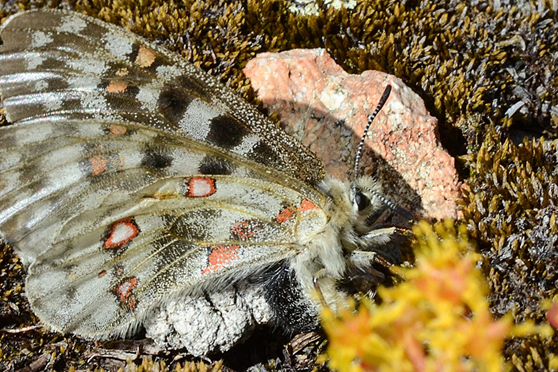
Parnassius smintheus (Lep.: Papilionidae) Mike Yip
Ron: I think you’ll have to go and get more parnassius photos to clinch the matter! (Jeremy Tatum)
Mr E sends an easy beetle, a difficult beetle and a difficult bug. The easy beetle is Lepturobosca chrysocoma. (Well, fairly easy – it is subject to taxonomic name-changes. Thus, it has appeared earlier in this site under the name Cosmosalia chrysocoma.)
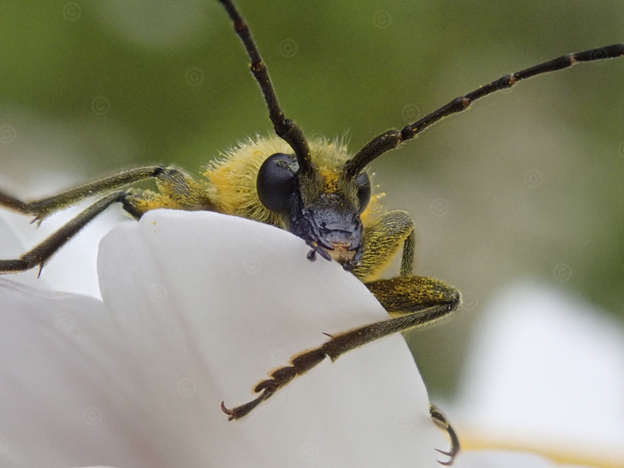
Lepturobosca chrysocoma (Col.: Cerambycidae) Mr E
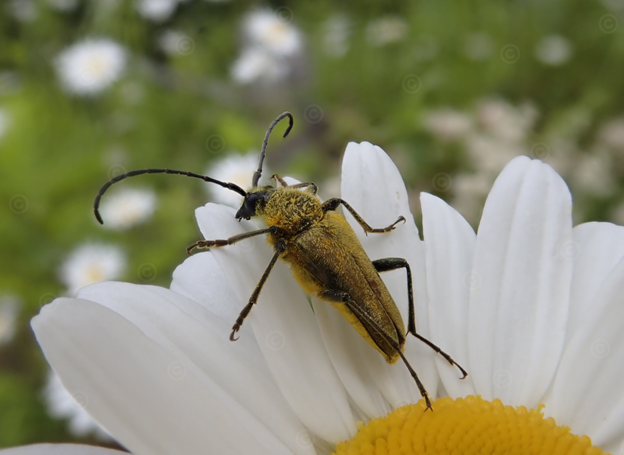
Lepturobosca chrysocoma (Col.: Cerambycidae) Mr E
(“chrysocoma” means “golden hair”)
The beetle below is obviously a ladybird beetle (Coccinellidae). One would think that identification would be easy, but there are several species, many of which are highly variable, and we can’t quite place this one with full confidence:
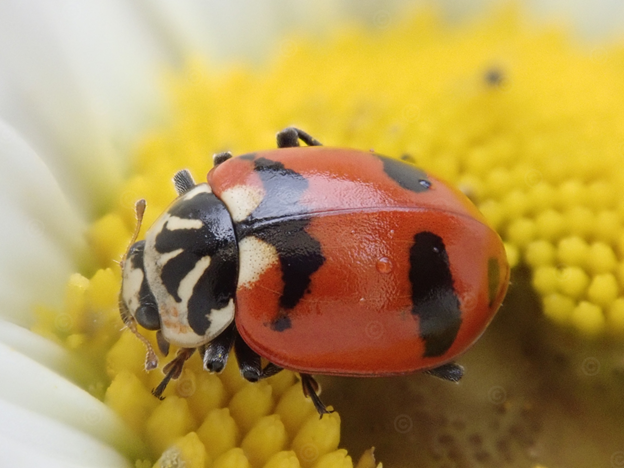
Unidentified ladybird beetle (Col.: Coccinellidae) Mr E
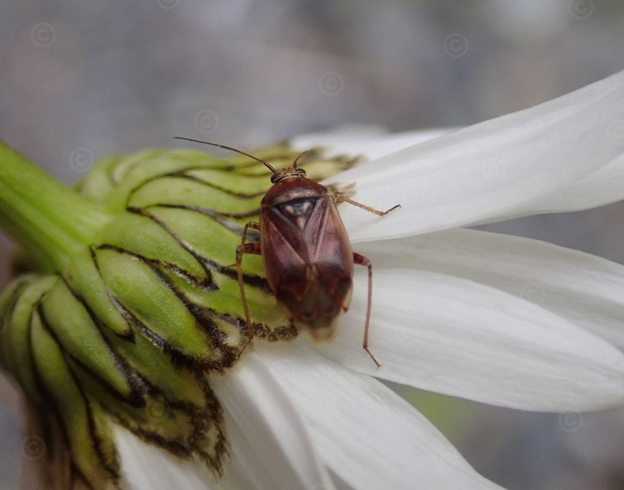
Unidentified bug (Hem.: possibly Lygaeidae?) Mr E
Jody Wells sends photographs of two dragonflies from Martindale Valley:
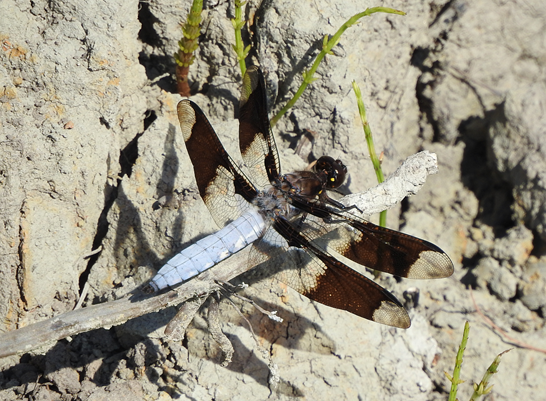
Common Whitetail Plathemis lydia (Odo.: Libellulidae) Jody Wells
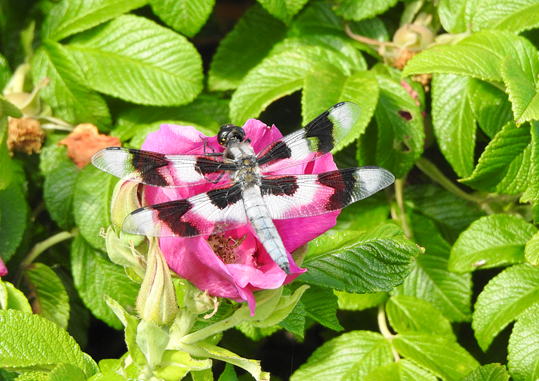
Eight-spotted Skimmer Libellula forensis (Odo.: Libellulidae) Jody Wells
Jochen Möhr’s moths from Metchosin this morning:
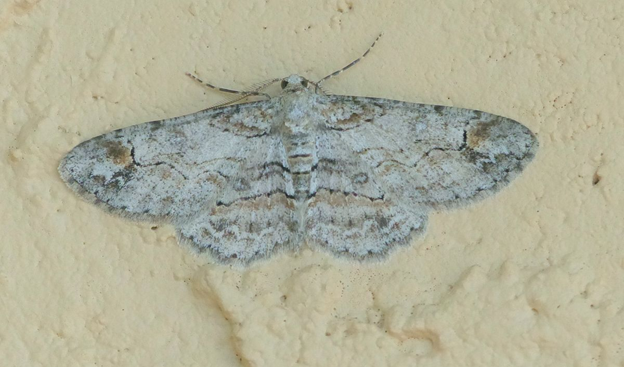
Iridopsis emasculatum (Lep.: Geometridae) Jochen Möhr
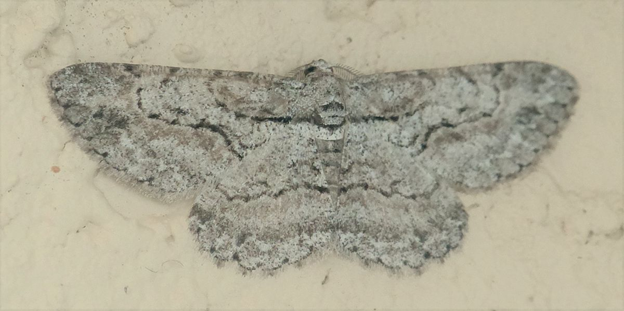
Anavitrinella pampinaria (Lep.: Geometridae) Jochen Möhr
[Jeremy Tatum writes: Thanks to Libby Avis for identifying the above moth, which I had earlier labelled incorrectly.]
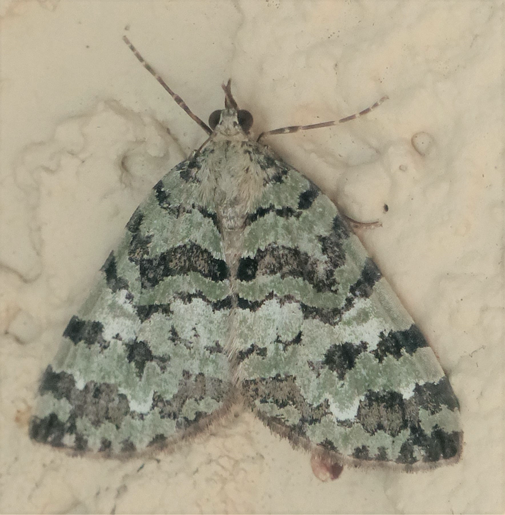
Hydriomena speciosata (Lep.: Geometridae) Jochen Möhr
